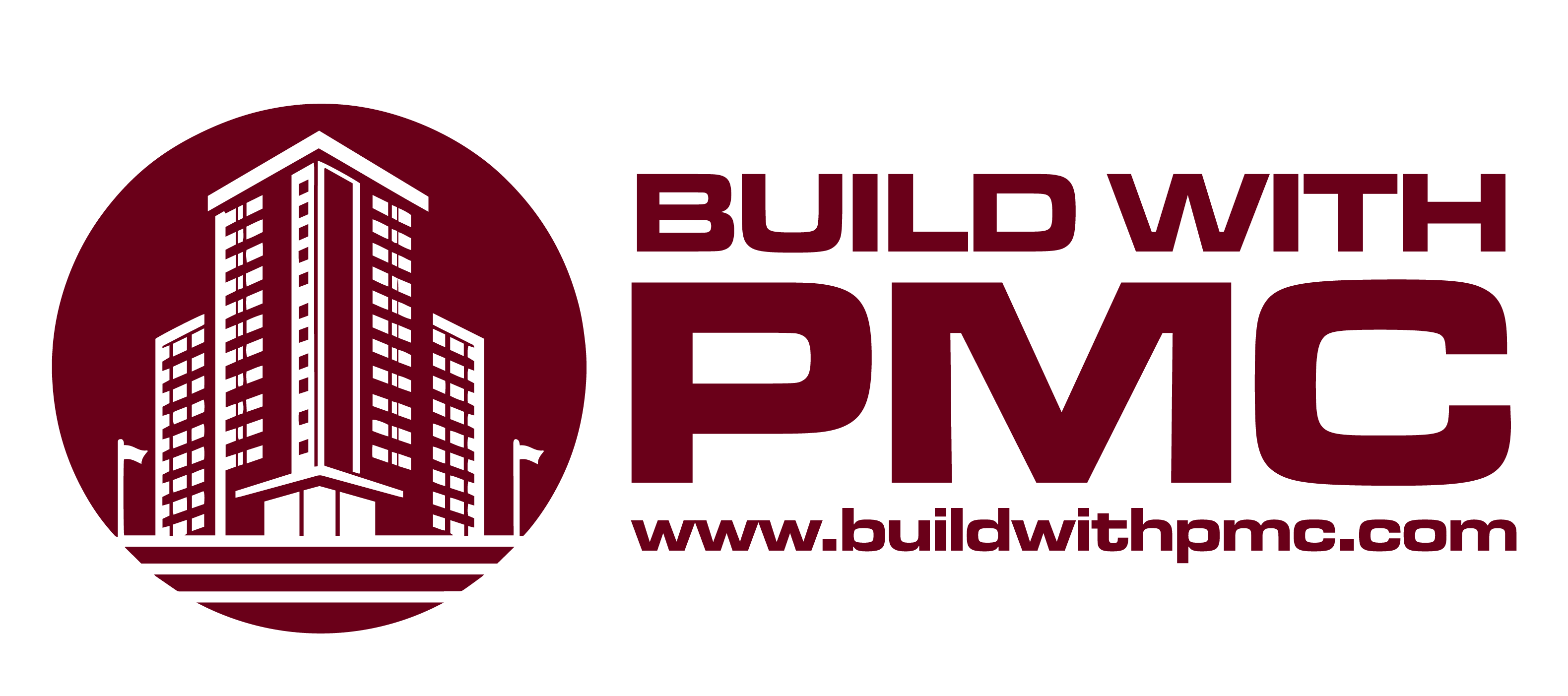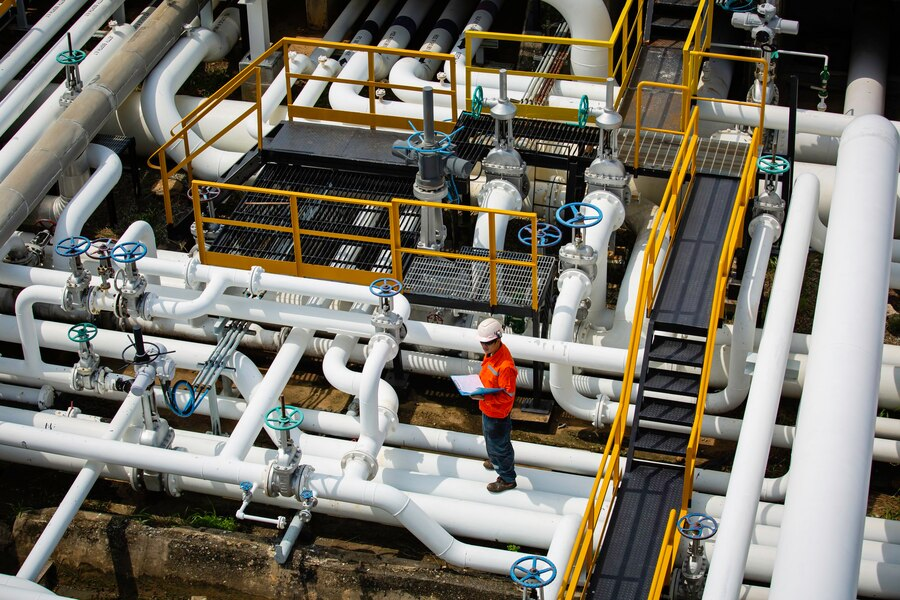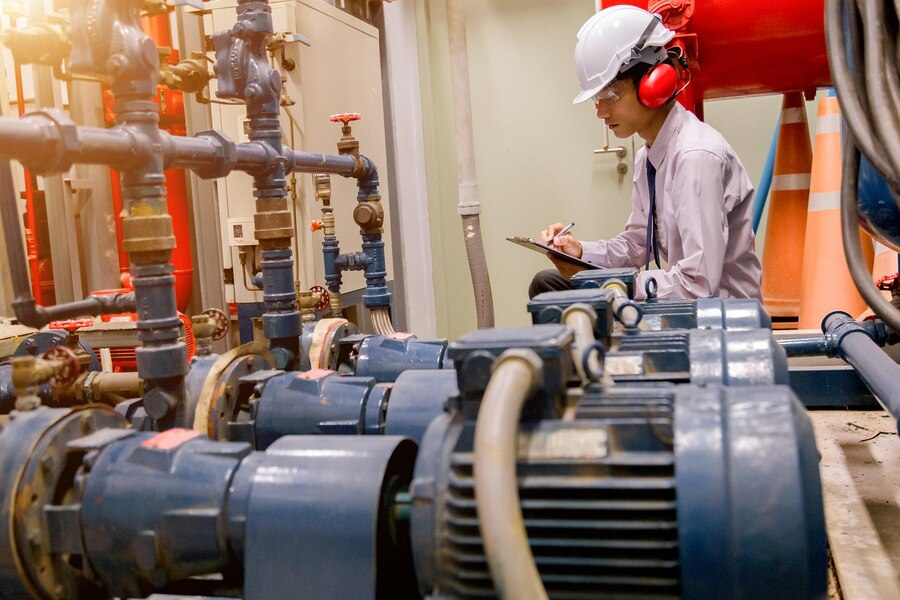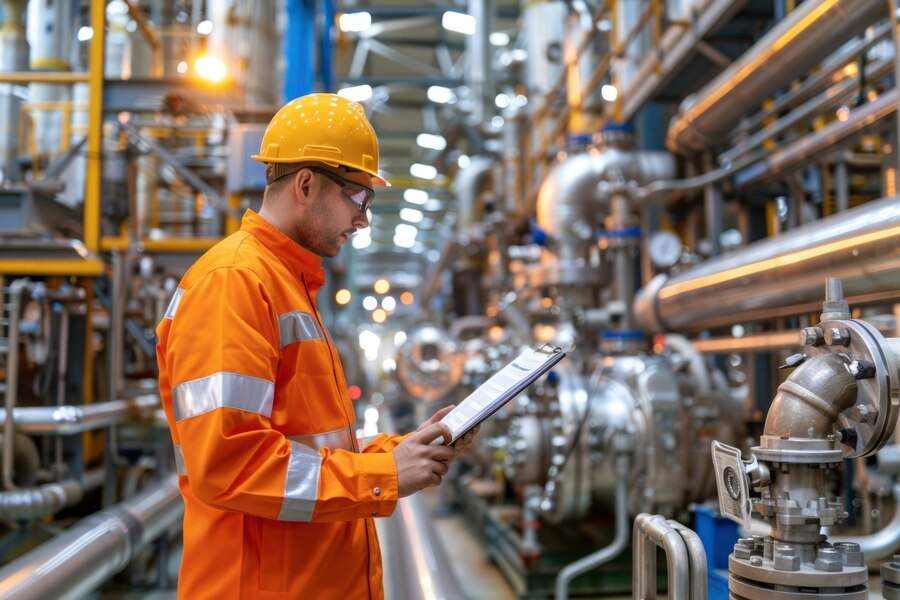In the realm of infrastructure management, optimizing cost-efficiency is paramount, particularly in concrete maintenance. This discipline encompasses a spectrum of strategies aimed at prolonging the lifespan and functionality of concrete structures while minimizing expenditure. By strategically implementing preventative maintenance, timely repairs, and innovative technologies, organizations can mitigate long-term costs associated with infrastructure degradation. This introductory exploration delves into the intricate landscape of cost-effective concrete maintenance practices, dissecting methodologies that prioritize financial prudence without compromising structural integrity. Embracing these principles empowers stakeholders to navigate the challenges of infrastructure upkeep with fiscal prudence and operational efficacy.
Understanding Commercial Concrete Maintenance: Key Strategies for Long-Term Savings

Commercial concrete maintenance is a critical aspect of property management that directly impacts both the operational efficiency and financial health of businesses. By comprehensively understanding the key strategies for effective concrete maintenance, businesses can achieve substantial long-term savings while ensuring the durability and aesthetics of their properties. Here are some key components to consider:
Regular Inspections and Assessments
Conducting routine inspections and assessments of concrete surfaces is fundamental to identifying potential issues early on. By detecting cracks, surface deterioration, or structural weaknesses at their onset, property owners can address these issues promptly, preventing costly repairs or replacements down the line.
Proactive Repairs and Maintenance
Implementing proactive repair and maintenance measures is essential for preserving the integrity of commercial concrete surfaces. This may include filling cracks, patching spalled areas, and sealing joints to prevent water infiltration and freeze-thaw damage. By addressing minor issues promptly, businesses can avoid the need for extensive repairs that can be both time-consuming and expensive.
Appropriate Cleaning and Surface Treatments
Regular cleaning and appropriate surface treatments are crucial for extending the lifespan of commercial concrete surfaces. Removing dirt, debris, and stains not only enhances the aesthetic appeal of the property but also helps prevent corrosion and deterioration. Additionally, applying sealants, coatings, or protective finishes can provide an extra layer of defense against environmental factors and abrasion, reducing the frequency of maintenance and repair tasks.
Climate-Specific Maintenance Strategies
Recognizing the impact of climate on concrete maintenance is imperative for developing effective strategies tailored to local conditions. In regions prone to harsh winters or high levels of precipitation, for example, implementing de-icing protocols and ensuring proper drainage systems can mitigate the risk of freeze-thaw damage and water-related deterioration. Similarly, in areas with intense sunlight or high temperatures, using UV-resistant coatings and shading techniques can help prevent surface degradation and discoloration.
Investment in Quality Materials and Workmanship
Opting for quality materials and skilled workmanship during construction and maintenance projects is an investment that yields long-term savings. Utilizing high-performance concrete mixes, durable sealants, and experienced contractors ensures the longevity and reliability of commercial concrete structures, reducing the frequency of repairs and replacements over time.
The Time-Saving Benefits of Proactive Concrete Maintenance in Commercial Settings

Recognizing the value of time-saving measures is crucial for optimizing operational efficiency and maximizing profitability. Proactive concrete maintenance emerges as a strategic approach to minimize downtime, mitigate risks, and streamline operations in commercial settings. By understanding the time-saving benefits of proactive concrete maintenance, businesses can foster a culture of efficiency and resource optimization.
Preventing Costly Downtime
Proactive concrete maintenance involves identifying and addressing potential issues before they escalate into disruptive problems. By investing in regular inspections, repairs, and preventive measures, businesses can minimize the risk of sudden structural failures or safety hazards that could result in costly downtime. This proactive approach ensures that commercial activities can proceed smoothly without interruptions caused by unexpected maintenance emergencies.
Maximizing Asset Lifespan
Commercial properties are significant investments that require careful preservation to maintain their value over time. Proactive concrete maintenance plays a vital role in extending the lifespan of concrete structures and surfaces, thereby optimizing the return on investment. By addressing wear and tear proactively, businesses can delay the need for major renovations or replacements, saving both time and money in the long run.
Streamlining Maintenance Processes
Reactive maintenance often entails rushed repairs and temporary fixes that may not address underlying issues comprehensively. In contrast, proactive concrete maintenance involves strategic planning and systematic execution of maintenance tasks based on scheduled inspections and assessments. This approach allows businesses to prioritize maintenance activities, allocate resources efficiently, and streamline workflows, resulting in time savings across the maintenance process.
Enhancing Operational Continuity
Unforeseen concrete failures or deterioration can disrupt business operations, leading to productivity losses and potential reputational damage. Proactive maintenance measures help mitigate these risks by identifying vulnerabilities and implementing corrective actions proactively. By maintaining the structural integrity and functionality of concrete assets, businesses can ensure uninterrupted operations and uphold customer satisfaction and trust.
Reducing Emergency Response Times
Reactive maintenance often necessitates swift responses to urgent repair needs, leading to increased stress, resource allocation challenges, and higher costs. In contrast, proactive maintenance allows businesses to anticipate maintenance requirements and plan interventions in advance, reducing the need for reactive emergency responses. By adopting a proactive approach, businesses can allocate resources more effectively, optimize scheduling, and minimize the time spent on emergency repairs.
Cost-Efficient Practices: Maximizing Savings through Effective Concrete Maintenance
Cost-efficient practices are crucial for businesses aiming to manage budgets while preserving the integrity of their commercial properties. Implementing effective concrete maintenance strategies offers significant savings by preventing costly repairs, minimizing downtime, and extending the lifespan of structures. Through proactive maintenance, businesses can achieve substantial cost savings while ensuring reliability and functionality.
- Preventive Maintenance Over Reactive Repairs: Prioritizing regular inspections, cleaning, and proactive repairs prevents minor issues from becoming expensive problems, reducing the need for extensive repairs and associated costs.
- Optimizing Resource Allocation: Strategic investment in quality materials, skilled labor, and modern equipment ensures efficient maintenance activities, lowering overall ownership and operation costs.
- Minimizing Downtime and Disruption: Proactive maintenance minimizes the risk of unexpected downtime due to failures, ensuring uninterrupted operations and maximizing revenue.
- Extending Asset Lifespan: Preserving concrete integrity reduces the need for major renovations or replacements, resulting in long-term cost savings.
- Embracing Sustainable Practices: Eco-friendly maintenance reduces environmental impact and operating costs, promoting responsible business practices.
Cost-efficient concrete maintenance is pivotal for businesses to manage finances while ensuring the durability and functionality of their properties. By adopting proactive strategies and sustainable practices, businesses can realize significant cost savings and protect their investments in the long run.
Conclusion
Prioritizing cost-efficient practices like Exterior Building Maintenance (EBM), utilizing OPOS strategies, opting for Swing Stage Rental, investing in Structural Steel, Commercial Concrete, and Tenant Improvements can significantly enhance savings while ensuring the longevity and appeal of your property. For businesses in Fontana like PMC INC, these strategies not only optimize budget allocation but also contribute to a safer, more aesthetically pleasing environment. By implementing these measures, PMC INC and similar enterprises can achieve sustainable maintenance solutions, fostering growth and prosperity in the long term.



